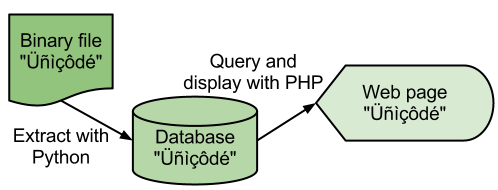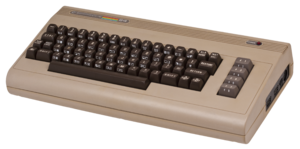During my recent effort to force myself to understand Unicode and modern text encoding/processing, I was reminded that this is something that “every programmer should just know”, an idea that comes up every so often, usually in relation to a subject in which the speaker is already an expert. One of the most absurd examples I ever witnessed was a blog post along the lines of “What every working programmer ought to know about [some very specific niche of enterprise-level Java programming]“. I remember reading through the article and recognizing that I had almost no knowledge of the material. Disturbing, since I am demonstrably a “working programmer”.
For fun, I queried the googles on the matter of what every programmer ought to know.
Specific Topics
Here is what every programmer should know about: Unicode, time, memory (simple), memory (extremely in-depth), regular expressions, search engine optimization, floating point, security, basic number theory, race conditions, managed C++, VIM commands, distributed systems, object-oriented design, latency numbers, rate monotonic algorithm, merging branches in Mercurial, classes of algorithms, and human names.
Broader Topics
20 subjects every programmer should know, 97 things every programmer should know, 12 things every programmer should know, things every programmer should know (27 items), 10 papers every programmer should read at least twice, 10 things every programmer should know for their first job.
Meanwhile, I remain fond of this xkcd comic whose mouseover text describes all that a person genuinely needs to know. Still, the new year is upon us, a time when people often make commitments to bettering themselves, and it couldn’t hurt (much) to at least skim some of the lists and find out what you never knew that you never knew.
What About Multimedia?
Reading the foregoing (or the titles of the foregoing pieces), I naturally wonder if I should write something about what every programmer should know about multimedia. I think it would look something like a multimedia programming FAQ. These are some items that I can think of:
- YUV: The other colorspace (since most programmers are only familiar with RGB and have no idea what to make of the YUV that comes out of most video decoding APIs)
- Why you can’t easily seek randomly to any specific frame in a video file (keyframe/interframe discussion and their implications)
- Understand your platform before endeavoring to implement multimedia software (modern platforms, particularly mobile platforms, probably provide everything you need in the native APIs and there is likely little reason to compile libavcodec for the platform)
- Difference between containers and codecs (longstanding item, but I would argue it’s less relevant these days due to standardization on the MPEG — MP4/H.264/AAC — stack)
- What counts as a multimedia standard in this day and age (comparing the foregoing MPEG stack with the WebM/VP8/Vorbis stack)
- Trade-offs to consider when engineering a multimedia solution
- Optimization doesn’t always work the way you think it does (not everything touted as a massive speed-up in the world of computing — whether it be multithreaded CPUs, GPGPUs, new SIMD instruction sets — will necessarily be applicable to multimedia processing)
- A practical guide to legal issues would not be amiss
- ???
What other items count as “something multimedia-related that every programmer should know”?


